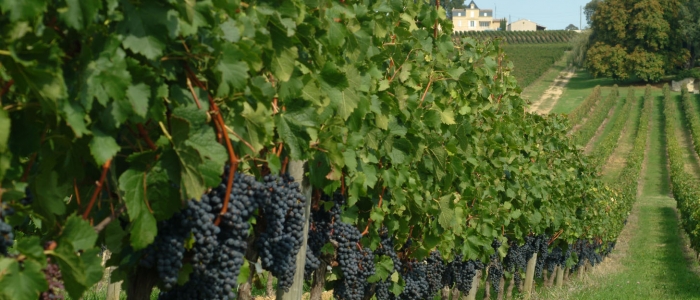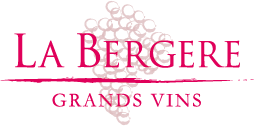Investment analysis: the Bordeaux right bank

The right bank seems to have resisted the downward price trend observed throughout Bordeaux since 2011 and reversed only a few months ago. But according to Ella Lister, things are not so simple.
As the primeur campaign comes to an end for the 2014 Bordeaux, a review of recent years shows that wines from the right bank seem to have performed better than their rivals from the left bank. Since the peak of the fine wine market in June 2011, the right bank index, the Right Bank 100, calculated by the world fine wine exchange, the Liv-ex, has increased by 8 % while the index from the left bank, the Left Bank 200, despite a slight recovery in recent months, fell by 16 % and even fell by 39 % for the Premiers Grands Crus (graph 1). Libournais wines have therefore proven to be better investments than those of Médoc since the Bordeaux market is in decline.
But things are not that simple. Over the same period, the Right Bank 50, another Liv-ex index that tracks the evolution of the five most expensive wines from the Right Bank, actually fell by 12 %. Moreover, among the ten wines that make up the Right Bank 100 (right bank), three special cases have contributed significantly to its rise: Clos Fourtet, Angélus and Pavie (graph 3). The former received high marks from American critic Robert Parker and the latter two were promoted to Premier Grands Crus Classés A in the Saint-Émilion classification in May 2012. Without these contrarian wines, the index n would not have changed much since the second half of 2011.
Of course, this would still have been preferable to the decline experienced by the left bank. In recent decades, the right bank has proven to be less volatile and less responsive than the opposite bank to the roller coaster of the market. In the twenty-four months leading up to June 2011, the Premiers Grands Crus had gained 101 % (183 % for their second wines) while their counterparts on the right bank had increased more reasonably, by 34 %. This is partly due to smaller production volumes and therefore less visibility, speculation from investors and interest from brand hunters.
"There are so few exchanges on the right bank that it is isolated and takes a secondary place", explained Gary Boom, the general manager of Bordeaux Index. This opinion is shared by Miles Davis, one of the partners of Wine Asset Managers (WAM). He remarks that the right bank is “more collected than exchanged; and therefore much more defensive.
That said, the colossal power of the most renowned brands in Saint-Émilion and Pomerol is undeniable and seems to compensate for their small productions. "Cheval Blanc and Pétrus are wines from the right bank which benefit from the same visibility in very large restaurants as the Premiers Grands Crus of the Médoc", remarked Clément Marcorelles, the general manager of Wine Services, which carries out positioning analyzes .
Friday, May 22, 2015
Ella Lister
